Ruto’s Government Targets Nyanza with Ambitious Development Blueprint
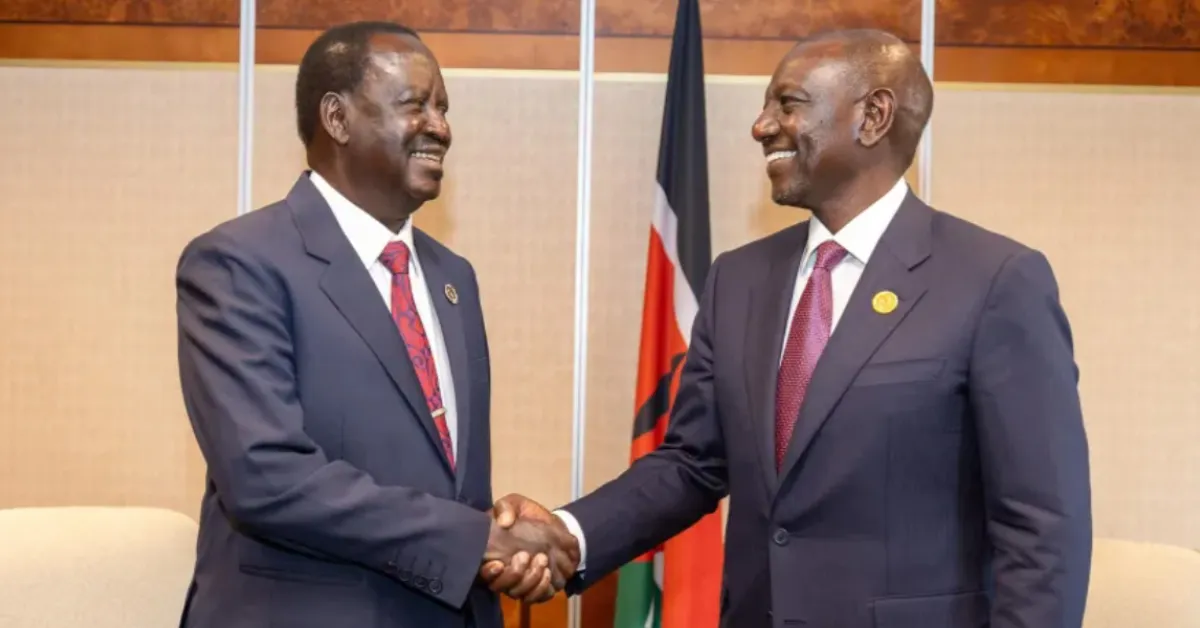
President William Ruto's administration has announced an ambitious development blueprint for the Nyanza region with the aim of stimulating economic growth and infrastructural advancement.
The announcement, delivered by Deputy Chief of Staff Eliud Owalo during a church service in Rarieda, Siaya County, coincides with an escalating dispute between the national and county governments over the control of road maintenance funds. The development plan focuses on rectifying what Owalo describes as past marginalisation due to “bad politics.” He emphasises the government's commitment to transformative projects aimed at unlocking economic opportunities and promoting regional integration.
A central component of the initiative is the proposed extension of the Standard Gauge Railway (SGR) from Naivasha through Kisumu, Asembo, Ugenya, and towards the Malaba border. This expansion is projected to enhance trade and connectivity, facilitating more efficient transportation of goods and people throughout the region. The SGR extension is seen as critical for integrating Nyanza into the national and regional trade networks, reducing transportation costs, and boosting economic activity.
Additionally, the government plans to revitalise the Kisumu International Airport, enhancing its capacity to enable direct export of regional commodities, particularly fish, to international markets. Upgrading air transport infrastructure is considered crucial for boosting commerce and integrating Nyanza into global supply chains. Enhanced export capabilities are expected to create new market opportunities for local producers and drive economic growth in the region.
Addressing long-standing water management issues, the administration has reaffirmed its commitment to completing the Koru-Soin Dam project, which aims to mitigate persistent flooding in the Kano Plains. The dam is also expected to enhance water storage capacity and support local agricultural activities, providing a sustainable solution to water-related challenges in the region.
Efforts are also underway to ensure reliable water connectivity for nearly all homes in Kisumu County, supplementing existing infrastructure like the Sondu Miriu Dam, which plays a critical role in power generation and regional electrification. The construction of the Magwagwa Dam, a collaborative project involving stakeholders from Kisii and Kisumu, is another significant undertaking. This dam is intended to facilitate irrigation, provide clean drinking water, and contribute to the area’s energy supply, addressing gaps in resource distribution and efficiency.
The Magwagwa Dam represents a multi-faceted approach to resource management, addressing water, agriculture, and energy needs simultaneously. The government is also focusing on reviving the struggling cotton and sugar sectors, which were once vital pillars of the regional economy. Years of neglect have led to the decline of these industries, but the government aims to restore them through targeted investment and policy reforms. Revitalising these sectors is expected to improve livelihoods and strengthen economic resilience in the region.
Acknowledging the challenges in the mining sector, the government intends to introduce legal reforms to ensure that a significant share of mining proceeds is allocated to local communities. Currently, the benefits of mining activities have not adequately reached local residents, despite the region’s rich mineral resources. The proposed reforms aim to ensure that mining activities contribute to the economic development of the region and improve the well-being of local communities.
Improvements to road networks within Nyanza are also part of the development agenda. The 19.34-kilometre Rusinga Ring Road, launched in August 2024 and slated for completion by July 2025, is expected to significantly improve transportation to Rusinga Island’s beaches and fishing areas, unlocking new economic and tourism prospects. This project is designed to enhance connectivity and accessibility, fostering economic growth in the region.
The unveiling of these development initiatives coincides with a growing dispute over the management of road maintenance funds, which has ignited tensions between county governments and President Ruto’s administration. Mombasa Governor Abdulswamad Sheriff Nassir has criticised the government’s efforts to centralise control over these funds, arguing that they should remain under county management, as mandated by the Kenyan Constitution.
Nassir contends that county governments are best positioned to oversee road infrastructure within their jurisdictions, questioning why the national government should retain billions in road maintenance funds instead of allowing local administrations to allocate resources more effectively. He cites the Nyali link road as an example of a county infrastructure project that could be better managed locally, insisting that funds intended for road maintenance should remain under county jurisdiction, in line with devolution principles.
President Ruto has defended his administration’s push to manage road funding centrally, citing the need for efficiency and eliminating overlapping responsibilities. He pledges that the national government will ensure effective infrastructure development if entrusted with the resources. However, this proposal has been met with resistance from various governors, including Kisumu County leader Anyang’ Nyong’o, who view Ruto’s proposal as an attempt at a power grab. Governors argue that counties should retain control over road funds, given their direct involvement in construction and maintenance projects.
They also highlight that the Road Maintenance Levy Fund—generated from fuel taxation—is a shared financial resource that should be distributed equitably.

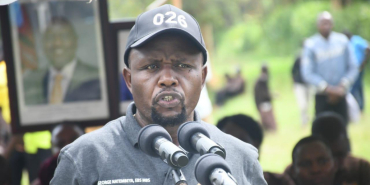

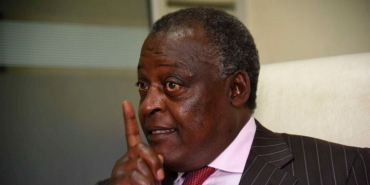
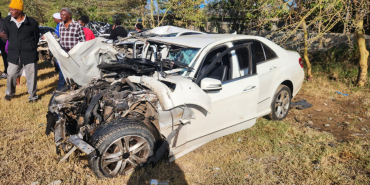
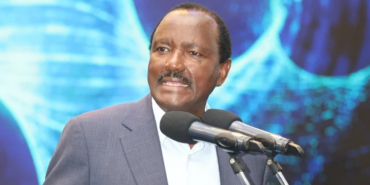
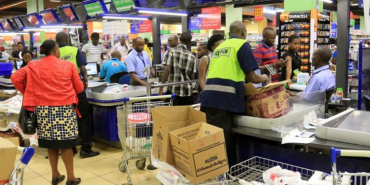
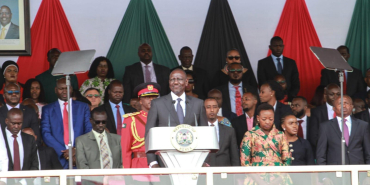

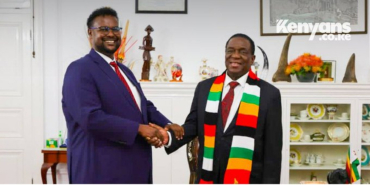




Add new comment